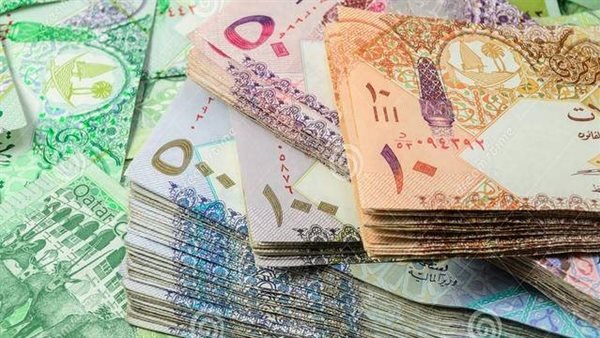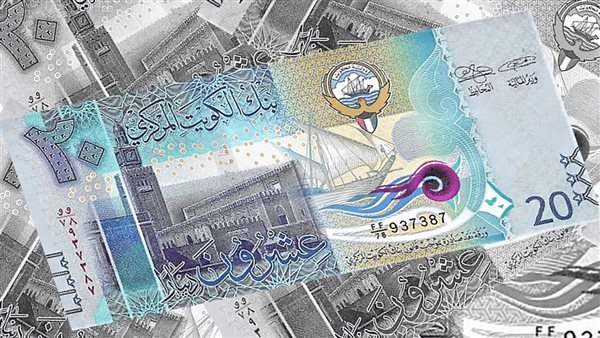
I wonder why countries like Poland, the Czech Republic, and Hungary suddenly became interested in hoarding gold bullion? What effect does this have on gold prices globally? Is gold just an investment or a strategy to protect their economy from possible disasters? If you want to know the answer to all these questions, watch this report until the end to understand the story!
In 2023, Eastern Europe entered a global race to buy gold… and the central banks there were working in full swing to replenish their reserves, from the beginning of the Czech Republic, which wanted to double its reserves to 100 tons in 3 years, until Poland, which became the largest buyer of gold in the world in the second quarter of this year. .
The question is why this state of voracious appetite for gold?
Czech Central Bank President Alice Michel said it clearly: “We need to reduce volatility.” For him, gold is the solution because it is not affected like stocks and other markets. The Czech Republic currently has about 150 billion dollars in foreign reserves, and we want a large part of them to remain gold.
The same thing applies to Poland, which shares its borders with Ukraine and faces the risk of geopolitical tensions. The governor of the Polish Central Bank is not only buying gold, he has also increased reserves to 420 tons by September, and his goal is to make gold constitute 20% of the total reserves.
As for Hungary and Serbia, they also increased their reserves significantly. The Hungarian Central Bank increased its reserves to 110 tons, and Serbia tripled its reserves until they reached 48 tons.
Shall we wax now?
The issue is not just an ordinary investment. For Eastern European countries, gold has become a kind of protection against “catastrophic scenarios”… from the first geopolitical tensions, such as the war in Ukraine, to fears of new trade wars with a possible Trump presidency.. And there is also an important historical point in this region. I was exposed to many wars in the past, and I live next to the most violent European conflict since the days of World War II, so it is not strange that they see gold as a means of safety.
What’s coming?
Global price forecasts confirm that gold will continue its gains. The Goldman Sachs Group expected that prices will reach $3,000 per ounce by the end of 2025. This makes Eastern Europe’s bet on gold not only a defensive move, but also a profitable investment opportunity.
Is the issue politics or economics?
The issue is not economic, but it has political dimensions as well. Eastern European countries are trying to maintain a delicate balance between the West on the one hand and Russia and China on the other hand… and possessing strong gold reserves gives them influence and stability, both at the local level and in international relations.
In summary: The race to buy gold in Eastern Europe is not just a whim. It is strategic planning to confront risks and achieve economic and political gains. The question now is: Will the rest of the world move at the same speed? Will gold remain the main player in protecting the global economy?



